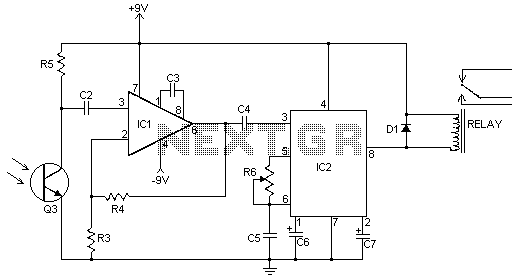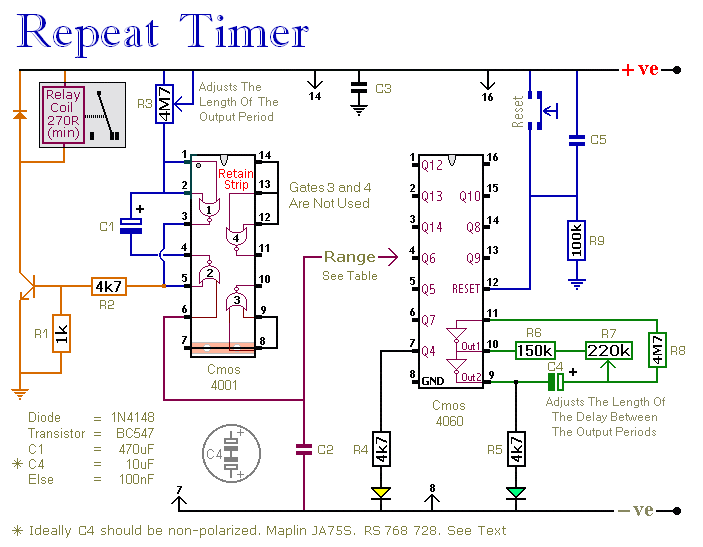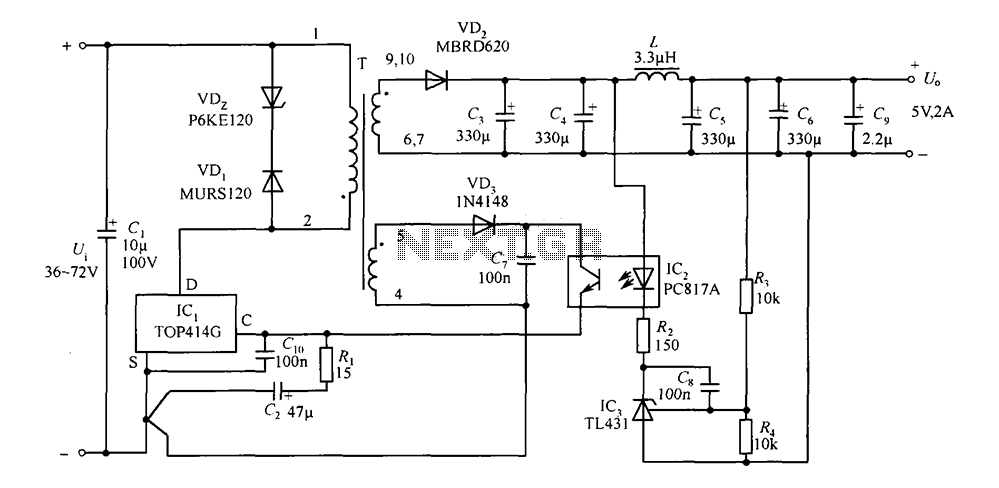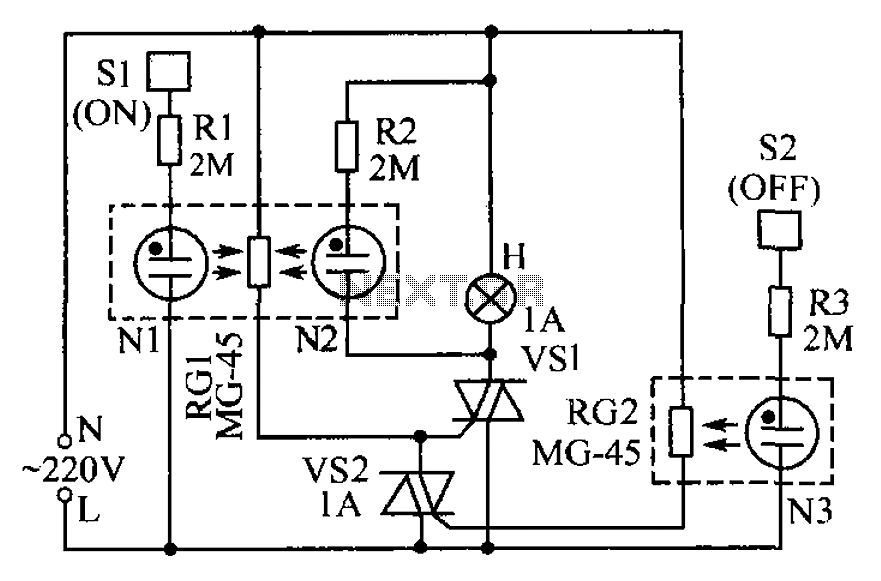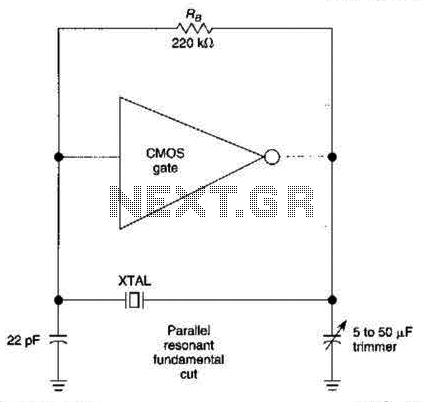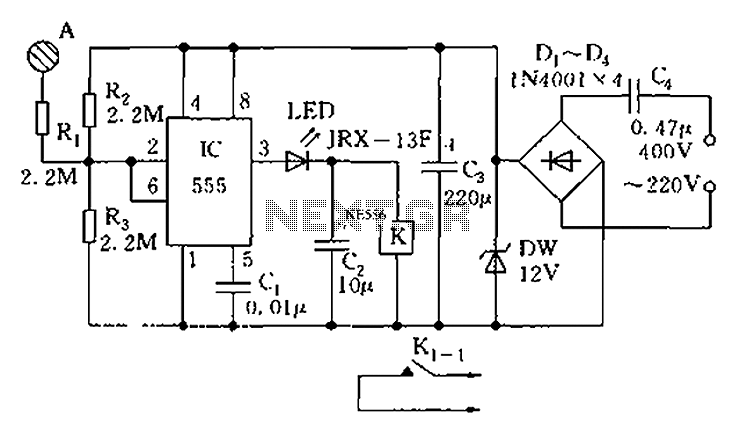
motor driver circuit

These circuits are commonly utilized in robotics to enable DC motors to operate in both forward and reverse directions, as well as to provide an electric brake (short circuit condition). H-bridges can be found as integrated circuits or can be constructed using discrete components, as illustrated in figure 1.
H-bridge circuits are pivotal in controlling the direction and speed of DC motors in various applications, particularly in robotics. The H-bridge configuration consists of four switches (transistors or MOSFETs) arranged in a bridge formation, which allows the voltage to be applied across the motor in either direction. By selectively turning on and off these switches, the current flow through the motor can be reversed, enabling it to rotate in both clockwise and counterclockwise directions.
When implementing an H-bridge, it is essential to consider the control logic that dictates which switches are activated. Typically, two switches on one side of the bridge are turned on to allow current to flow in one direction, while the opposite pair is turned off. To reverse the motor's direction, the switches are toggled accordingly. Additionally, to achieve an electric braking effect, both switches on one side can be activated simultaneously, creating a short circuit across the motor terminals and rapidly dissipating the motor's kinetic energy.
H-bridges can be implemented using discrete components such as bipolar junction transistors (BJTs) or MOSFETs, allowing for custom designs tailored to specific requirements, such as current handling and switching speed. Alternatively, integrated circuits designed for H-bridge applications simplify the design process, providing built-in protection features and control logic, thus enhancing reliability and performance.
In summary, H-bridge circuits serve as a fundamental component in robotic systems, facilitating the precise control of DC motors through reversible operation and effective braking mechanisms. Their versatility in both integrated and discrete forms makes them suitable for a wide range of applications in modern electronics.These circuits are often used in robotics to allow DC motors to run forwards, backwards and to give electric break(short circuit condition). H bridges are available as integrated circuits, or can be built from discrete components as figure 1.
🔗 External reference
H-bridge circuits are pivotal in controlling the direction and speed of DC motors in various applications, particularly in robotics. The H-bridge configuration consists of four switches (transistors or MOSFETs) arranged in a bridge formation, which allows the voltage to be applied across the motor in either direction. By selectively turning on and off these switches, the current flow through the motor can be reversed, enabling it to rotate in both clockwise and counterclockwise directions.
When implementing an H-bridge, it is essential to consider the control logic that dictates which switches are activated. Typically, two switches on one side of the bridge are turned on to allow current to flow in one direction, while the opposite pair is turned off. To reverse the motor's direction, the switches are toggled accordingly. Additionally, to achieve an electric braking effect, both switches on one side can be activated simultaneously, creating a short circuit across the motor terminals and rapidly dissipating the motor's kinetic energy.
H-bridges can be implemented using discrete components such as bipolar junction transistors (BJTs) or MOSFETs, allowing for custom designs tailored to specific requirements, such as current handling and switching speed. Alternatively, integrated circuits designed for H-bridge applications simplify the design process, providing built-in protection features and control logic, thus enhancing reliability and performance.
In summary, H-bridge circuits serve as a fundamental component in robotic systems, facilitating the precise control of DC motors through reversible operation and effective braking mechanisms. Their versatility in both integrated and discrete forms makes them suitable for a wide range of applications in modern electronics.These circuits are often used in robotics to allow DC motors to run forwards, backwards and to give electric break(short circuit condition). H bridges are available as integrated circuits, or can be built from discrete components as figure 1.
🔗 External reference
